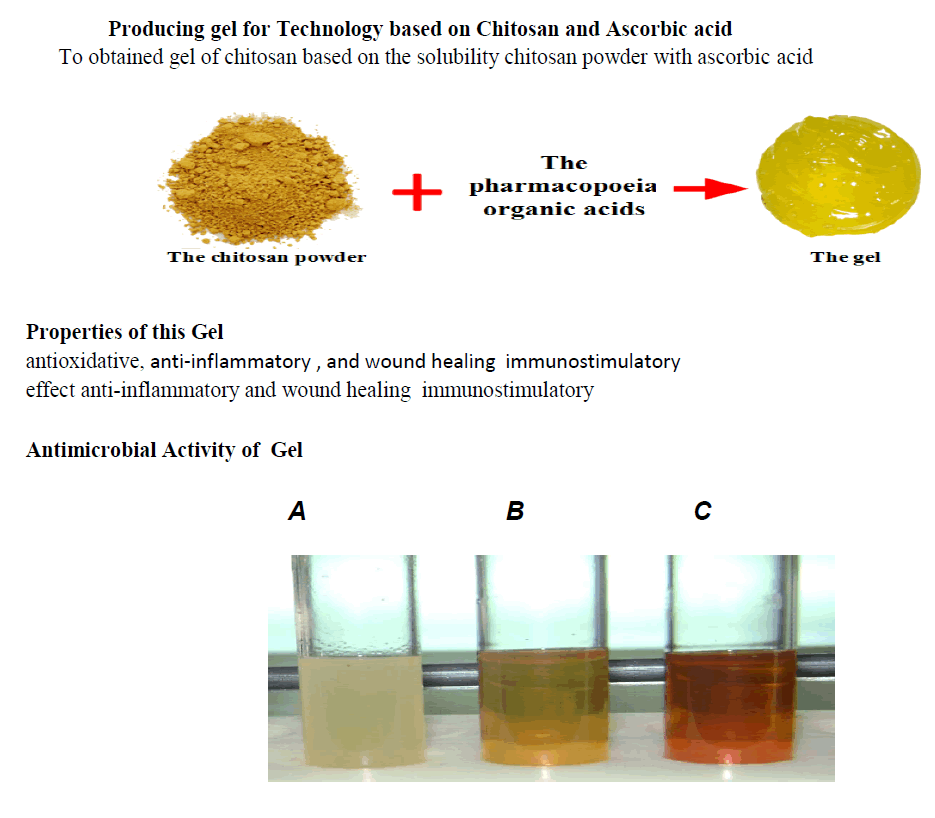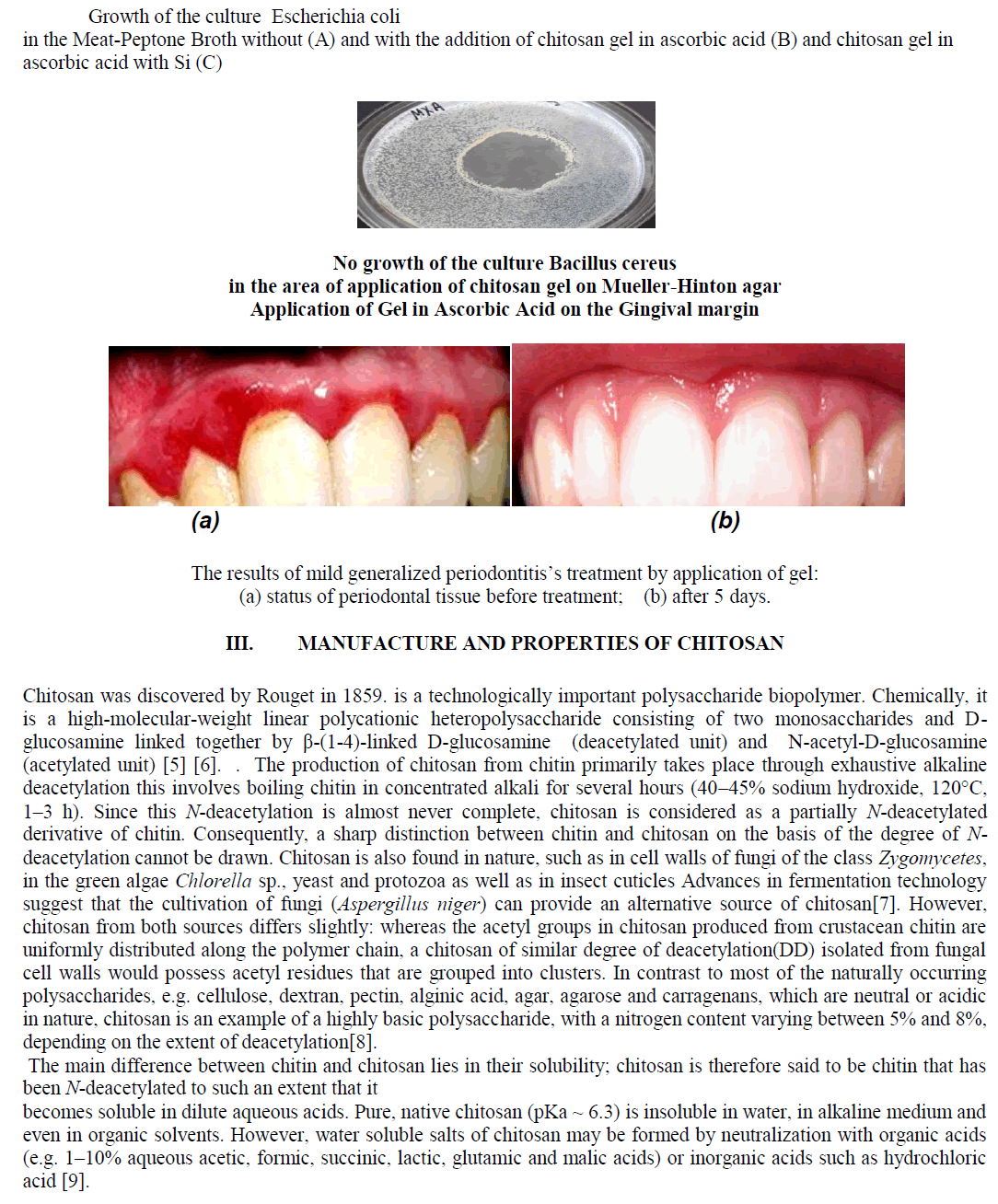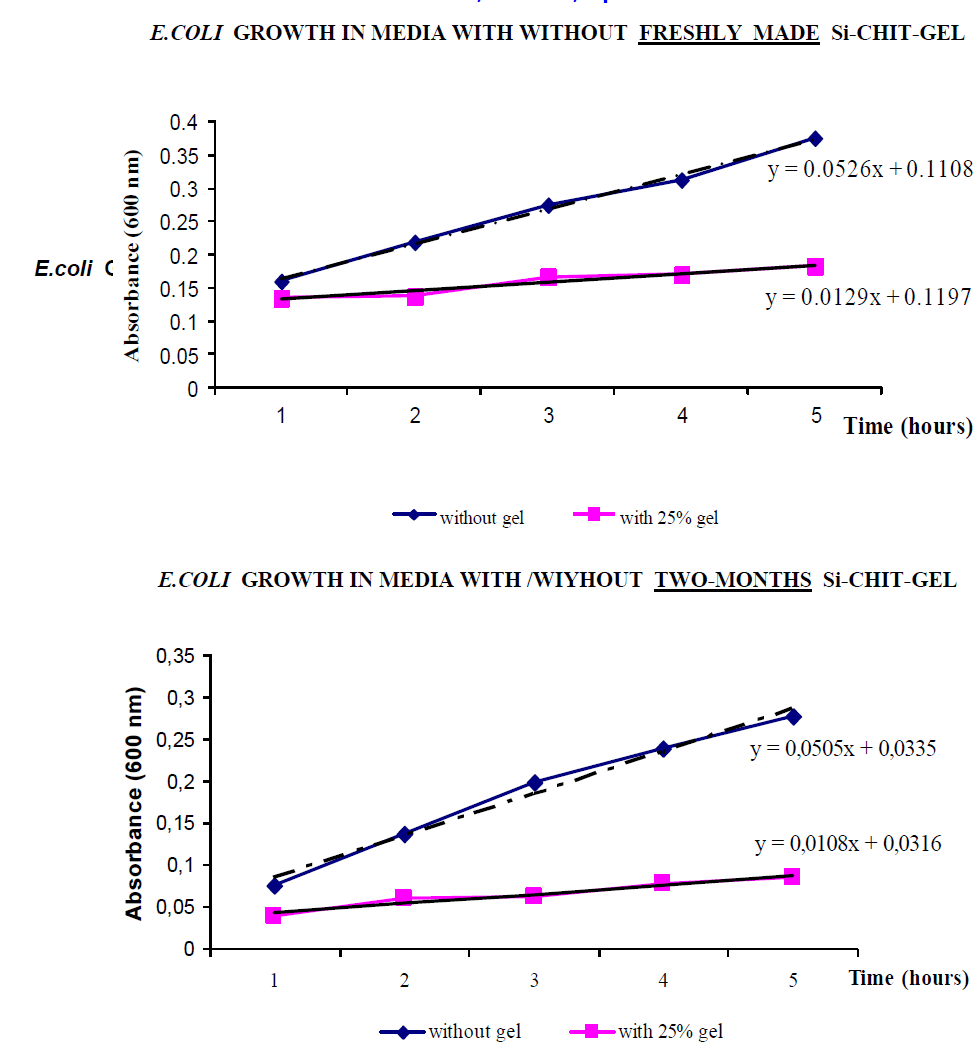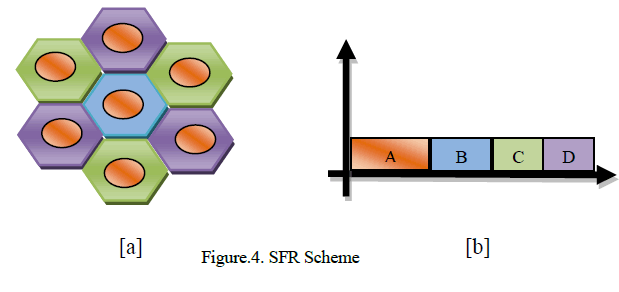ISSN ONLINE(2319-8753)PRINT(2347-6710)
ISSN ONLINE(2319-8753)PRINT(2347-6710)
Ninad M Belalekar 1, Shrikrishna D Patil2
|
| Related article at Pubmed, Scholar Google |
Visit for more related articles at International Journal of Innovative Research in Science, Engineering and Technology
Nowadays LTE (Long Term Evaluation) network becomes more popular and main issue regarding LTE network is indoor coverage. In LTE spectrum is limited so to increase spectral efficiency most of the operator deploy single frequency network but this also increase level of interference. Femtocell deployment inside Macrocell network can reduce indoor coverage issue but unplanned placing of Femtocells as per user requirements may create interference between Femtocells which is called as “Co-tier interference” which may have an impact on the overall performance of Femtocells. Avoiding such interference is very important for Femtocells to work properly. Hence this research survey seeks to analyze various techniques used for Co-tier interference reduction in LTE Femtocell networks are discussed in this review paper.
Keywords |
| LTE, Femtocell, FFR, SFR, ASFR, CASFR. |
INTRODUCTION |
| World is moving towards increasing high traffic communication which require high data rate and this will moving towards 4G network development. Basically there are two options for the development of 4G networks, WiMAX and LTE. LTE is 4G wireless technology standardized by 3GPP (3rd Generation Partnership Project) that is being deployed by the leading operators in order to fulfill requirements of high data rate communication and different multimedia services. According to [1] a 4G technology is consider providing high ubiquitous data rate and coverage in large areas during mobility with the Orthogonal Frequency Division Multiple Access (OFDMA) transmission technique and also high flexibility in resource allocation can be reaped. LTE Release 10 was developed to increase bitrates and fulfill requirements set by ITU (International Telecommunication Union) for IMT- Advanced in cost efficient ways. Main important point of LTE over WiMAX is that it can transmit both voice and broadband data at 3G/4G speed. This is main reason why most operators use LTE network technology but problems associated with LTE are indoor coverage and capacity. Such problems can be reduced with deployment of Femtocells in LTE networks. Interference remains great threat for this technology. Increasing demand on high-capacity wireless multimedia service with sufficient mobility have created challenging tasks to the designers of next generation wireless mobile communication system [2]. Interference has been a major problem in wireless communication system and particularly in LTE, as systems compete for a finite amount of spectrum. LTE-Advanced also known as LTE release 10/11 is designed to provide higher data transfer in a cost. |
| Femtocell is a small base station that can be placed at subscriber’s home/office to improve indoor coverage. Cost of Femtocells is reasonably acceptable. Femtocell provides advantage to service subscribers as well as service providers. Femtocells provide indoor coverage to users when Macrocell signals are weak. It increases battery life of mobiles as mobiles do not need to communicate with Macrocell from very high distance. Femtocell can be easily deployed at subscriber home as it provides plug and play features. Femtocells reduce traffic on Macrocells by large amount [3]. There are 110 Service providers of LTE at this time in whole world. In terms of LTE providers there are total 41 service providers has deployed Femtocells in their networks and a total 57 deployment commitments. LTE is a biggest driving force for Femtocell technology. According to mobile experts in 2014 and onwards LTE will be at its peak and 2/3rd of total LTE service providers will be using Femtocell technology [3]. LTE networks are implemented on cellular structure consisting of Macrocells. When Femtocells are deployed in LTE system frequency interference can occur as Femtocell will share available frequency band with Macrocells. Femtocells provide faster and more reliable data services, better quality voice calls and very high indoor signal levels [3]. Despite the advantages of Femtocells the deployment of Femtocells in large numbers causes the Femtocells to interfere with each other. This type of interference is called “Co-tier interference”. This interference is particularly strong when all Femtocells operate in Co-channel mode meaning that all Femtocells share the same resources. There are basically four type of interference. First interference is between macro base station and femto UE (user element). Second interference is between macro UE and femto base station. Third interference is between femto UE and neighboring femto base station. While forth, interference is between macro UE and neighboring macro base station. LTE uses different multiple access techniques for uplink and downlink. SC-FDMA (Single Carrier Frequency Division Multiple Access) is used in uplink while OFDMA (Orthogonal Frequency Division Multiple Access) is used in downlink. Both this methods uses orthogonal signals so frequency resources can be shared. So frequency reuse schemes are applicable for frequency allocation in LTE Femtocell networks. Many frequency reuse schemes can be used. Reuse-1 is the basic scheme and it provides maximum capacity. Increasing reuse factor will reduce system capacity but will also reduce interference. Partial Frequency Reuse has been introduced in [4] which consist of splitting the bandwidth into two parts: Full Reuse (FR) part and Partial Reuse (PR) part. Fractional Frequency Reuse (FFR) has been proposed in [5] because of its advantages over reuse-1 and reuse-3 while Soft Frequency Reuse (SFR) scheme has been proposed in [6]. But some modification in such technology taking place and this will gives Adaptive Soft Frequency Reuse (ASFR) has been proposed in [7] which will help to improve signal quality. Further for better improvement of throughput, signal quality and decreasing interference Cluster Aware Soft Frequency Reuse (CASFR) has been proposed in [8]. |
| This paper is composed of V sections they are organized as follow. Literature review is described in Section II. Section III presents Problem statement occurs because unplanned deployment of Femtocells. Section IV describes Different interference mitigation techniques. Section V presents Conclusion. |
LITERATURE REVIEW |
| In order to increase the system capacity and coverage there is need to split the one big cell into numbers of small cells so that limited frequency band can be reuse and available for more number of users ultimately increases the spectrum efficiency. V. Chandrasekhar and J. Andrews presented in [3] discussed the technical challenges facing by Femtocell network as well as preliminary solution for it. Even though we started to use Femtocell still there are issues relating to proper mitigation of Inter-cell Interference and for that various frequency reuse schemes have been proposed. The frequency reuse is a key characteristic in cellular networks. The whole available bandwidth for a system is divided into several narrower sub-bands each of which is assigned once to a cell of each cluster consisting of several adjacent cells. The number of sub-bands should be equal to the size of cell-cluster termed as Frequency Reuse Factor. This way all directly neighboring cells in the system use different sub-bands to avoid heavy interference among them and the entire available system bandwidth can be reused in all cell-clusters distributed over the network covered area so that the utilization of valuable spectrum resources can be ensured to some extent. |
| B. Krasniqi, M. Wrulich and C. F. Mecklen braukerin [4] investigated a flexible and dynamic bandwidth allocation scheme using partial frequency reuse depending on network load. Generally in cellular networks, the users at the cell edge suffer from more Inter-cell Interference than users closer to their serving base station. If all base stations reuse the same frequency band then Inter-cell Interference mitigation becomes a major concern. This technique consists of splitting the bandwidth into two parts: Full Reuse (FR) part and Partial Reuse (PR) part. The Full Reuse part is like reuse all the frequency which is the same for all cells in the network. The Partial Reuse part is allocated to the cell edge users such that the signals are orthogonal to the neighbor users. |
| Dimitrios Bilios, Christos Bouras, Andreas Papazois, Georgia Tseliou, Vasileios Kokkinos are proposed in [5] interference management mechanism with the help of fractional frequency reuse to calculate per user Signal to Interference Ratio, capacity, throughput, user satisfaction and based on that value two different approaches are used for frequency allocation which is Reuse-1 where whole system bandwidth in all cells and Reuse-3 where system bandwidth is divided into 3 equal sub-bands. These allocations eliminate Intra-cell Interference and greatly reduced Inter-cell Interference. |
| F.Wamser, D.Mittelstadt, and D.Staechle in [6] proposed a technique based on the principle of Soft Frequency Reuse for uplink Inter-cell interference coordination (ICIC) in OFDMA system. Entire cell is divided into two parts: |
| Cell Center Users (CCU) <=Cell Center BW=> reserved BW for CCU. |
| Cell Edge Users (CEU) <=Cell Edge BW=> both CCU and CEU can use. |
| Soft Frequency Reuse is more bandwidth efficient than partial frequency reuse and fractional frequency reuse it usually results in more interference to both cell center and cell edge users. To avoid such scenarios limit the bandwidth allocation to the cell edge users to a maximum of one-third of the entire bandwidth. But such strict allocation reduces the flexibility in frequency allocation and can greatly decrease the spectrum efficiency of the cell edge users. This spectrum wastage is more pronounced in low traffic load when many radio resources are underutilized in the system. To address the concern of spectrum wastage X. Mao, A. Maaref, and K. H. Teo in [7] proposed method which is one step forward to Soft Frequency Reuse that is Adaptive Soft Frequency Reuse which basically used to throughput enhancement and guarantied Quality of Service (QoS) also dramatically reduces the dropping probability when traffic load is uneven among sectors/cells. However Adaptive Soft Frequency Reuse cannot guarantee low Inter-cell Interference as borrowable Physical Resource Blocks in one neighboring cell may be in frequent use by cell edge users in another neighboring cell. |
| Kuheli L. Haldar, Hailong Li, Dharma P. Agrawal in [8] proposed Cluster Aware Soft Frequency Reuse scheme that effectively mitigates the downlink and uplink interference within the Femtocells. In this proposed technology which makes cluster of interfering Femtocells and then change their resource blocks with uniterfering resource block. Thus technique use until all cluster perform and reduces interference greatly which increases throughput. |
PROBLEM STATEMENT |
| It is known that effective reuse of resources in a cellular system can highly enhance the system capacity. With a smaller Frequency Reuse Factor more available bandwidth can be obtained by each cell. So in this sense the classical Frequency Reuse Factor deployment is desirable. However with the usage of Frequency Reuse Factor the most User Terminals are seriously afflicted with heavy Inter Cell Interference especially near the cell edge and that causes low cell coverage also inferior system capacity. Hence Inter Cell Interference mitigation is a big challenge issue in cellular systems. In Femtocell network Inter Cell Interference occurs when users from different cells are present on the same sub-carrier during data transmission. Excessive Inter Cell Interference may lead to severe performance degradation in the edge area of cells as a result of frequency collision with neighboring cells. As per the literature survey the conventional method to figure out this problem is by increasing the cluster order which can mitigate the Inter Cell Interference efficiently. Due to unplanned deployment of femtocells within given cell give rise of problem of interference when two or more users uses same frequency channel for communication and interference between Macrocell and Femtocell is also taking place [2]. So basically there two types of interference are present and these are given as follows: - |
| (i) Co-tier interference: In this type of interference occurs in between two femtocells which shares the same subchannel for communication. Basically there are two kinds of interference are (a) Uplink Co-tier interference occurs due to Femtocell User Equipment (FUE) causes Co-tier interference with neighboring Femtocell Base station (FBS). (b) Downlink Co-tier interference occurs because of FBS cause interference to the neighboring FUE. So in order to increase performance of Femtocell there is need to decrease such kind of interference with proper mitigation techniques. So in LTE network proper allocation of channels are necessary for reliable communication. |
| (ii) Cross-tier interference: Such kind of interference occurs in between Macrocell and Femtocell network which can be referring as interference in between two-tier network scenario. As Femtocells are deployed within Macrocell environment so Femtocell uses same available spectrums as Macrocell have so this might create problem of spectrum scarcity. Here Macrocell Use Equipment (MUE) feels Cross-tier interference due to nearby FBS or nearby FUE. On similar way FUE feels Cross-tier interference due to nearby MUE or nearby MBS. This is main focused taking place for development of Release 10 architecture. |
| So 3GPP developed one coordination which is more focusing on reduction of interference issues in LTE communication scenario which is nothing but an Inter-Cell Interference Coordination (ICIC) which is in detail describe in [9]. This ICIC specified in 3GPP Release 8 and these are more focus on reducing interference so that in order to increase bit rates for communication. Here effective allocation of scheduling to the cell edge uses is taking place so there level of interference is reduces but in Heterogeneous network such methods fails to effectively reduce interference. To address such challenges 3GPP developed enhanced Inter-Cell Interference Coordination (eICIC) in Release 10 and further development in Release 11. Here Macrocell to Femtocell coordination is taking place in time domain with Absolute Blank Sub-frame (ABS). This will reduce Cross-tier interference. Also different mitigation techniques proposed and according to literature review this will decrease interference greatly which helps to increase overall throughput of system. Different techniques in detail discuss in next section. |
DIFFERENT INTERFERENCE MITIGATION TECHNIQUES |
| As Femtocell deployed in unplanned ways as per user requirement so there is chances of Co-tier interference is present as Femtocells uses same frequency resource block for communication. These leads degrade overall the performance of Femtocells and there is requirement to mitigate such interference hence according to different literature survey following different frequency allocation techniques present. |
| a) Reuse-1 |
| In this scheme whole band of frequency is used in one cell and then reused in all the other cells in a system as shown in figure 1 [a]. Here there is no band division so each cell can use entire band so user capacity per cell is maximum. It provides maximum Spectral efficiency because there is no band division. Here in each cell, Femtocell also can use entire band. Entire band is reused in Femtocells and Macrocells hence interference is more in network. |
 |
| b) Reuse-3 |
| In this scheme available frequency band is divided in three equal sub bands shown in figure 2 [b]. Then these sub bands are allocated to cells in a manner that there is no interference at edges of cells. For example, as shown in figure 1[b] available band is divided in 3 sub bands A, B and C. Now the sub bands are allocated to cells as shown in Figure 2 [a]. First sub band A is allocated to center cell and other 2 sub bands are allocated to the cells at the edges of center cell. Here there is no interference at cell edges. Femtocells are allocated frequency on the basis of the Macrocell in which they are operating. Suppose Femtocell in center cell cannot be allocated frequency in sub-band A it will be allocated frequency from sub-band B or sub-band C as shown in Figure 2 [a]. Interference in this scheme is less as compared to Reuse-1. Edge performance is improved as compared to Reuse-1. But user capacity per cell will be less as compared to Reuse-1 as each cell occupies one third of available band. |
 |
| c) Fractional Frequency Reuse (FFR) |
| In this method each cell is divided into 2 regions, center region and edge region. Then edge region is again divided into three parts. Frequency band is divided into two sub bands. One sub band is allocated to center region of all the cells. Remaining band is again divided into three sub bands and these sub bands are allocated to three parts of edge region in a manner that no interference can occur at cell edges. |
 |
| For example as shown in Figure 3[b] at starting overall frequency band which is further divided into two sub bands. Then one sub band is allocated to center region while remaining sub band is again divided into three different parts of edge region as shown in Figure 3[a]. Here Femtocell in center region will be allocated frequency from sub-band B, C or D. While Femtocells in edge region are allocated frequency from sub-band A and the remaining two bands that are not used in that part of edge region. Suppose the Femtocell is in edge region which is using sub band B then Femtocell will be allocated frequency from sub band A, C, or D. Interference in FFR is less as compared to Reuse-1, Reuse-3 and SFR. User capacity per cell is more than Reuse-3 and SFR. Main disadvantage is that we need four base stations in each cell for four regions. Complexity of system is more and band division is also difficult. |
| d) Soft Frequency Reuse (SFR) |
| This method is combination of Reuse-1 and Reuse-3.In this scheme, each cell is divided in 2 regions, center region and edge region. Now, available frequency band is divided into 2 sub bands. Then 1 band is allocated to center region in each cell. The other sub band is again divided into three sub bands. Now these three sub bands are allocated to edge regions of every cell in a system in a way that no interference can occur at edges of cells. So SFR uses Reuse-1 in center region and Reuse-3 in edge region as a combination of Reuse-1 and Reuse-3.For example as shown in Figure 4[b] at starting overall frequency band which is further divided into two sub bands and then one sub band is allocated to center region of cells as shown in Figure 4[a]. While remaining band is again divided into three parts and allocated to edge regions of cells in a manner that no interference can occur at edges of cells. Here if a Femtocell is in the center region then it will be allocated frequency from sub band B, C or D. And if Femtocell is in the edge region then it will be allocated frequency from sub band A. In this scheme edge performance is better as compared to Reuse-1 and Reuse- 3. But because band division is more user capacity per cell is less as compared to Reuse-1 but more than Reuse-3. |
 |
| e) Adaptive Soft Frequency Reuse (ASFR) |
| As in Soft Frequency Reuse cell center can borrow Physical Resource Blocks (PRBs) from cell edge whenever scarce of resources taking place for communication. But at the same time cell edge not able to borrow PRBs from cell center. So if traffic is more towards the cell edge than there might be chances of call drop because scarce of resources at cell edge. This can be reduces with Adaptive Soft Frequency Reuse (ASFR) which take PRBs from neighboring cell which is free and not in use. Such PRB reuse avoidance features decreases interference level significantly for cell edge user with increasing throughput. Cell edge bandwidth controlling strategy is used in such a way that it continuously monitors and tracks changes occurs in traffic and user density inside the cell. This helps to reduce the probability of blocking calls. |
| f) Cluster Aware Soft Frequency Reuse (CASFR) |
| As ASFR doesn’t provide high throughput guarantee and interference reduction level is not also satisfied so new technique developed as CASFR which having high interference level reduction. In CASFR first Femtocell Base Station (FBS) scan signal level from Femtocell User Equipment (FUE) and if interference is present than serving FBS creates list of cell-ids of interfering neighbors, than it divides the cell into cell center and cell edge. For cell center and cell edge PRB allocation can be taking place and sends updates cell ids, PRB set information to the neighbor whose cell-id was deleted from the list. Assigning cell center radius which is nothing but a distance between interfering FUE to the serving FBS. If still interference is present than reduce cell center radius. Such technique decreases interference and increases throughput to great extent. Following Table 1 consists comparatively a point which shows CASFR gives throughput more [5] [6] [8]. |
 |
CONCLUSION |
| LTE Femtocell combination provides very effective solution for wireless communication networks. Choosing an interference mitigation technique is very difficult question in LTE Femtocell network. Main aspect to consider here is Co-tier interference but the parameters like user capacity per cell, system complexity should also be taken into consideration. The main objective should be to provide best services to users. As we can see CASFR scheme is the best solution in terms of interference reduction but practical implementation is very difficult as it requires different uninterfering PRB allocation and band division is also very difficult. We cannot predict exact number of users or traffic in a specific region of cell. In that way we can say that technique which gives better SINR ratio is effective for implementing in LTE network. |
References |
|